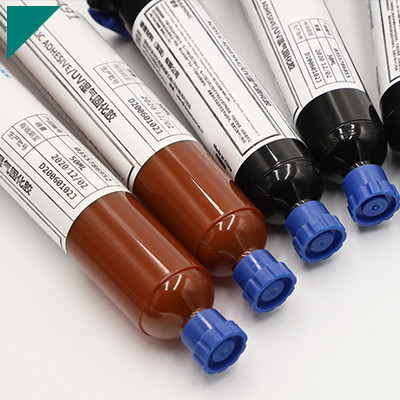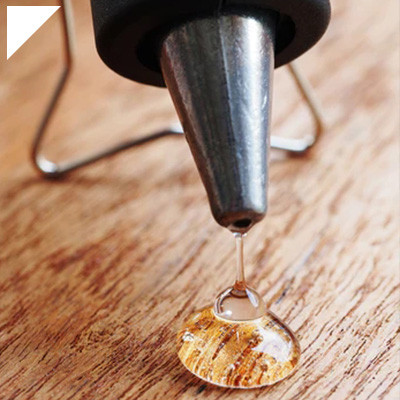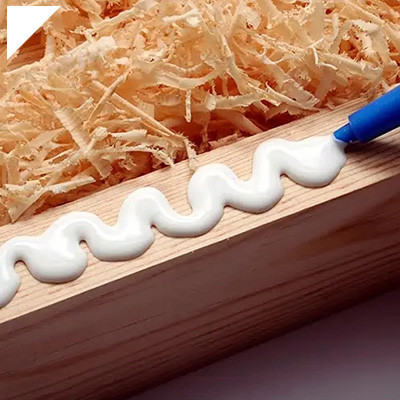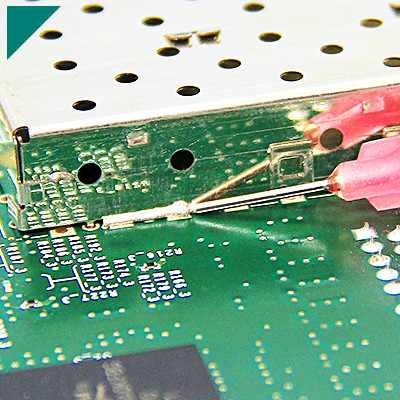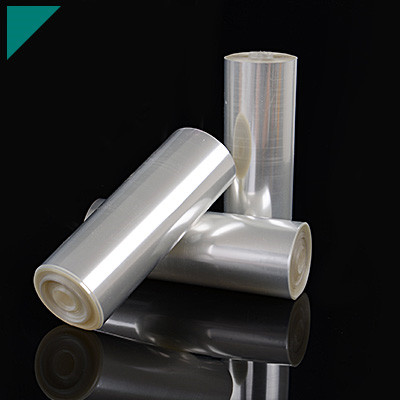Potting Compound For Switches & Connectors

In electronic components, switches and connectors are pivotal in establishing connections and controlling functionalities. Ensuring their reliability and longevity is crucial for the seamless operation of various electronic devices. One effective way to enhance the performance and durability of switches and connectors is through potting compounds. These compounds provide insulation, protection from environmental factors, and mechanical support, thus safeguarding the integrity of the components. This article delves into the significance of potting compounds for switches and connectors, exploring their benefits and applications.
Understanding Potting Compounds
Potting compounds, also known as encapsulants, are materials used to encase electronic components, providing them with protection and support. These compounds are typically liquid or gel-like substances that solidify after application, forming a protective layer around the element. Potting compounds offer several advantages, including resistance to moisture, chemicals, thermal cycling, and mechanical stress.
Benefits of Potting Compounds for Switches and Connectors
- Environmental Protection: Switches and connectors are often exposed to harsh environmental conditions, including moisture, dust, and temperature fluctuations. Potting compounds create a barrier that shields these components from such elements, preventing corrosion and degradation.
- Enhanced Mechanical Stability: Potting compounds improve the mechanical stability of switches and connectors by providing structural support. This helps prevent damage due to vibration, shock, or physical impact, thereby extending the lifespan of the components.
- Improved Insulation: Electrical insulation is critical for maintaining the integrity of electronic circuits. Potting compounds offer excellent dielectric properties, effectively insulating switches and connectors from electrical interference and short circuits.
- Reduced Risk of Contamination: By encapsulating switches and connectors, potting compounds minimize the risk of contamination from foreign particles or contaminants, ensuring consistent performance over time.
- Customized Formulations: Potting compounds can be formulated to meet specific requirements, such as flexibility, hardness, or thermal conductivity. This flexibility allows for tailored solutions that address the unique needs of different applications.
Applications of Potting Compounds
- Automotive Electronics: In the automotive industry, switches and connectors are exposed to challenging conditions, including temperature variations and exposure to fluids. Potting compounds are commonly used to protect these components in automotive electronics, ensuring reliable vehicle operation.
- Consumer Electronics: Switches and connectors in consumer electronics, such as smartphones, tablets, and gaming consoles, are susceptible to wear and tear from daily use. Potting compounds help extend the lifespan of these components, enhancing the durability of electronic devices.
- Industrial Controls: Industrial environments often involve high levels of dust, moisture, and vibration, which can compromise the performance of switches and connectors. Potting compounds provide robust protection for these components in industrial control systems, ensuring uninterrupted operation in demanding settings.
- Renewable Energy Systems: Switches and connectors in renewable energy systems, such as solar inverters and wind turbines, are exposed to outdoor elements and temperature fluctuations. Potting compounds offer long-term protection against environmental factors, contributing to the reliability of renewable energy installations.
- Aerospace and Defense: In aerospace and defense applications, reliability is paramount. Potting compounds are utilized to safeguard switches and connectors in avionics, military electronics, and space systems, where failure is not an option.
Conclusion
Potting compounds are vital in enhancing the performance and durability of switches and connectors in various applications across industries. By providing environmental protection, mechanical stability, insulation, and customization options, these compounds ensure the reliable operation of electronic components in challenging environments. Whether in automotive electronics, consumer devices, industrial controls, renewable energy systems, or aerospace and defense applications, potting compounds are a reliable solution for safeguarding switches and connectors against adverse conditions, thereby contributing to electronic systems’ overall reliability and longevity.

About DeepMaterial
DeepMaterial is a trusted supplier of encapsulant materials that are used in electronics manufacturing worldwide. From chip on board encapsulants such as glob top material to conformal coatings, underfills, low pressure molding, and potting solutions, DeepMaterial offers a full range of circuit board protection materials that effectively protect circuit boards while help reduce costs. More…Deepmaterial is a the manufacturer of epoxy adhesives including hardeners, metalbond, and metal filled resins. Structural, toughened medium viscosity, and non-sag adhesives are also offered. Some adhesives are resistant to thermal shock, chemical, vibration dampening, and impact. Suitable for metals, plastics, wood, and ceramics. Serves electronics, aerospace, automotive, tooling, marine, and construction industries. REACH and RoHS compliant. FDA approved. UL listed. Meets military specifications. We are the one of best adhesive manufacturers in China.
Blogs & News
Potting compounds are at the frontline of electronics assembly, delivering effective protection in challenging environmental conditions while improving mechanical strength and offering high electric insulation. Used within a variety of industries, electrical potting compounds are found within a broad range of consumer electronics, as well as used in applications across the automotive, aerospace, and other industries where electronic assemblies are prevalent.

The Unsung Guardian: Why Silicone Potting Compound is Widely Used in the Electronics Industry
The Unsung Guardian: Why Silicone Potting Compound is Widely Used in the Electronics Industry In the intricate, invisible world that powers our modern lives—from
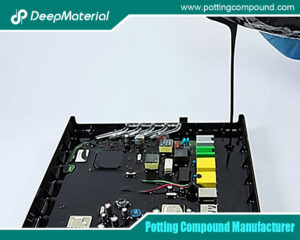
The Development Trend and Future Prospects of Electrical Potting Compound in the Glue Industry
The Development Trend and Future Prospects of Electrical Potting Compound in the Glue Industry In the intricate ecosystem of the adhesive and sealant industry,

The Conformal Coating for PCB Market Has Entered an Explosive Period: Key Drivers and Reports Detailed
The Conformal Coating for PCB Market Has Entered an Explosive Period: Key Drivers and Reports Detailed A Silent Guardian’s Moment in the Spotlight In

How Does Epoxy Encapsulated LED Work?
How Does Epoxy Encapsulated LED Work? The Transparent Guardian of Light In a world illuminated by Light Emitting Diodes (LEDs)—from the subtle indicator

Which Glues Are Suitable for Encapsulation of Electronic Products?
Which Glues Are Suitable for Encapsulation of Electronic Products? In the rapidly evolving world of electronics, protecting sensitive components from environmental hazards is crucial

What Are the Design Standards for the Glass Transition Temperature (Tg) and Tensile Modulus of Automotive Electronic Encapsulants Adhesives?
What Are the Design Standards for the Glass Transition Temperature (Tg) and Tensile Modulus of Automotive Electronic Encapsulants Adhesives? In the automotive industry, electronic



